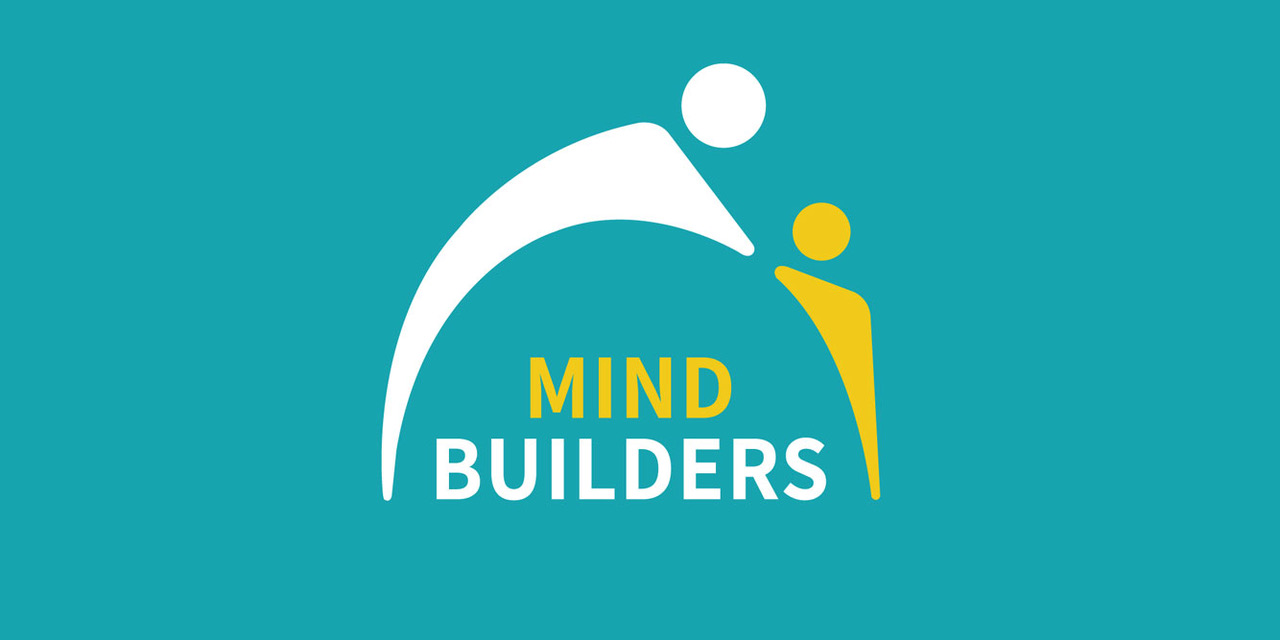How can we help a hard-to-reach child who finds nothing interesting and wants to do nothing else than to run back and forth, bounce, lie around, shake or things, scream, or bite?
Here I often resort to the Waldon Method, which gives us a way, in theory and practice, to support such children who are stuck in their cognitive and general development, and when nothing else seems to work.
The Waldon Method is based on a system of ideas and play activities to help children 'learn to learn' by building their 'general understanding' as the foundation of all further learning. It is based on the observations of the English child neurologist Dr. Geoffrey Waldon, who saw the lack of understanding in the child as the main cause of many learning and behavioral problems. This is because understanding is the necessary basis for all other cognitive abilities, including language comprehension and learning to speak: the child who does not understand how to understand, will not be able to understand how learning works and what it could be good for. As a result he cannot learn and will stagnate in his cognitive development.
But understanding understanding is not so easy. Often 'understanding' is automatically seen to mean the understanding of verbal language and many adults assume (before they have thought about it) that every human being is born with the ability to understand verbal language. And so they talk to the child, explain, instruct, admonish, call the child's name, talk while showing the child something, ... and are surprised that the child does not respond as expected, makes little or no progress, or even shows more unexpected behaviors that are difficult to deal with.
The truth is that many of the children who seem so difficult for us to reach not only do not (yet) understand verbal language (even if they can say or respond to individual words). But they also often feel overwhelmed by well-intentioned explanations, verbal instructions and questions, and confirmed in their feeling of being inadequate, that that they 'don't get it'. And so they listen even less, are even less interested, devote even more time to their own favorite, usually sensory, activities or behaviors that adults often find difficult to tolerate or manage. A vicious circle ensues.
Waldon sees learning difficulties as the result of a lack of "general understanding" and questions standard pedagogical practices as inhibiting the students' learning because of its emphasis on instructions and the approval of the teaching adult. This creates anxiety and other difficult feelings, such as the habit of performing tasks without understanding and emotional engagement in order to "get it over with" with minimal effort.
Instead, the activities and materials used in Waldon lessons aim to create enjoyable, self-motivating activities that are done for their own sake and for the joy of "doing", i.e. not to be praised or to meet the educational expectations of an adult. It is when unexpected things happen (aka so-called "mistakes"!) that new insights are gained and real learning takes place. By guiding learners appropriately and providing them with flexible play materials, we help them develop their basic understanding and train their spatial awareness as they explore and discover the similarities, differences, regularities, and patterns of the world, i.e. they learn how to learn.
Understand understand
Geoffrey Waldon describes two complementary types of understanding:
1. "General Understanding", is the universal understanding of the world and how it and our bodies work. It is similar in all countries, climates and cultures all over this world and is fundamental to all human beings. Universal understanding cannot be taught, but the child acquires it while playing and exploring the environment, i.e. before there are rules or "right and wrong", and it lays the foundation for language development and symbolic play.
2. "Cultural or Particular Understanding" comes later, is shaped by the specific external demands of the family and its culture, and is as varied as all the languages and cultures of the world. It differs by country or region, by social class within the region, and from family to family, including gender and family history. It's purpose is to prepare the child to fit into the society in which he or she grows up. It needs to be taught to the child by the adults who guide and support him, because in order to take his place in society, a child must learn the particular cultural norms of that society. But without a solid foundation in "general understanding" this cannot develop. http://www.waldonassociation.org.uk/
One of the special features of the Waldon Method is therefore that it takes place without verbal instructions. The resulting type of non-verbal communication is usually, after initial irritation, experienced as a great relief by both play partners. This is because understanding comes from exploration, and children initially learn only through their own movements and their own multi-sensory experiences using their own hands and all their senses, and not through explanations or verbal instructions. Without this fundamental understanding of one's own body and the world of objects of 'this is how it works' and 'this is what it feels like', meaningful learning and speech cannot develop.
With thanks for some text passages to Terry Buchan/ Waldon Association

